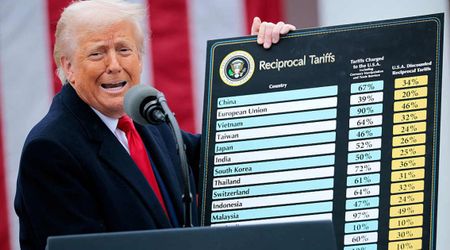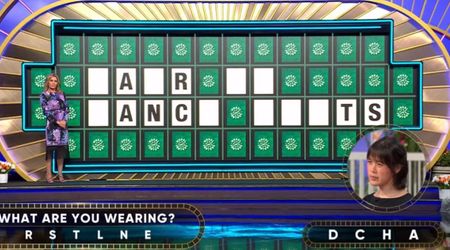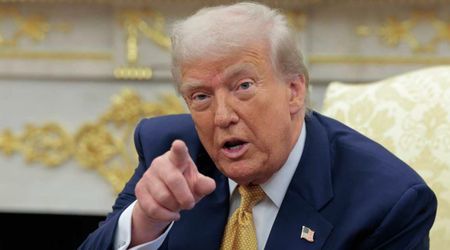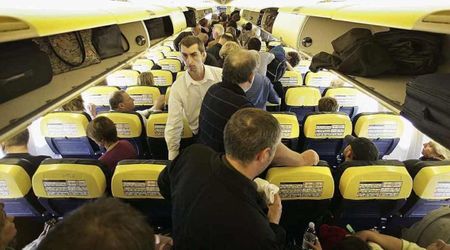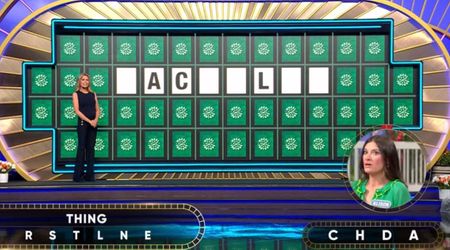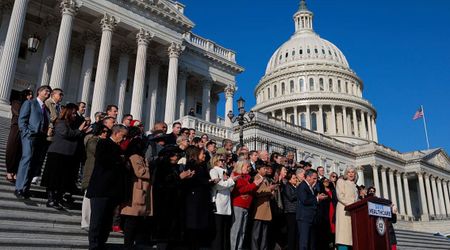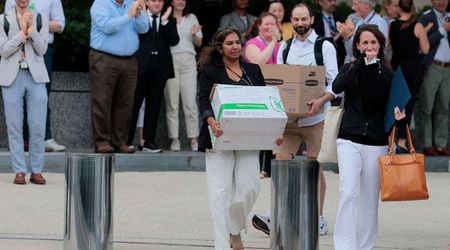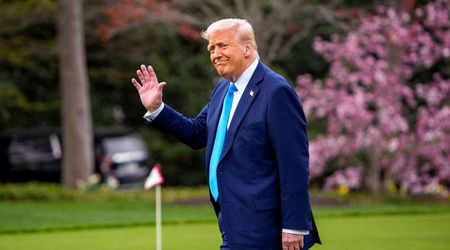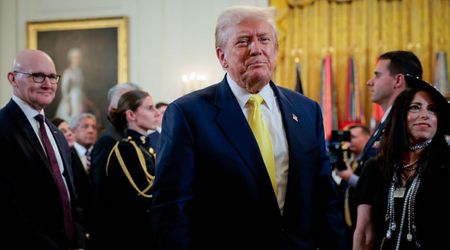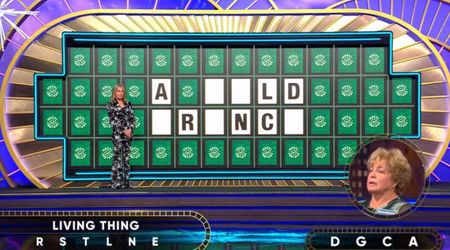Museum gives artist $84,000 to make art. He turned in blank canvases titled 'Take the Money and Run'

Over the years, bizarre works of art from a banana taped to a canvas to a weird breakfast chair have gone viral. Putting blank pages in newspapers is a popular form of protest used in different parts of the world. But in 2021, a Danish museum was astonished to receive two blank canvases after paying an artist a sum of $84,000 for his artwork. He even titled the work "Take the Money and Run" as a quirky reference to the way that he made the museum's money disappear. Although the idea behind the art was clever, things did not end well for the artist.
Kunsten Museum of Modern Art Aalborg og kunstneren Jens Haaning indgår forlig. Med støtte fra Det Obelske Familiefond erhverver Kunsten værket ”Take the Money and Run” af kunstneren Jens Haaning — https://t.co/FAILyoKx3s pic.twitter.com/5wLzlSx8Wj
— Kunsten (@kunstendk) May 15, 2024
A Shocking Work of Art
Haaning had previously created two masterpieces where he filled up frames with cash to illustrate the difference between average annual income in Denmark and Austria. Thus, Kunsten Museum of Modern Art in Aalborg loaned him about $84,000 at the time, to create a similar artwork for their upcoming exhibition.
When asked for an update on the work, Haaning sent the museum two large crates, NPR reported. While the staff expected to find artwork embedded with cash inside the boxes, they were surprised to find just two empty framed canvases with nothing inside. They realized that Haaning had played a number on the museum as the so-called artwork was titled, "Take the Money and Run".
Det store spørgsmål idag er ikke om min navnebror leverer pengene tilbage men om Kunsten i Aalborg vil tage sig selv alvorligthttps://t.co/OhomnbJMt8
— Jens Haaning (@JensHaaning) January 16, 2022
“I actually laughed as I saw it,” museum CEO Lasse Andersson told NPR in an email. He shared that the museum had suspected that things might not go their way when the artist previously shared the title of the artwork with them.
In a statement given to CBS News, Haaning explained that it wasn't just about running with the money, and claimed that it was truly an artwork with an important message. He said that his blank canvases are a reflection of life and the "working conditions of artists".
View this post on Instagram
He added that it is a statement saying people have the responsibility of "questioning the structures" and breaking them if they are unreasonable. "It can be your marriage, your work—it can be any type of societal structure," the artist said. However, the museum wasn't satisfied with the explanation, as they alleged that Haaning was in breach of the contract. Despite this, the museum went on to display the two canvases in its exhibition "Work It Out", which explored people's relationship with work.
⭐⭐⭐⭐⭐⭐ i dagens Nordjyske til 'Work it Out' 😍
— Kunsten (@kunstendk) October 20, 2021
»Spændende, dystert, mørkt, lyst, humoristisk og håbefuldt ... Et kalejdoskop af overraskende pointer og meninger« – https://t.co/GB3Xp2AYYg pic.twitter.com/7I9tIBkLNw
Not a Happy Ending
According to Euronews, a museum spokesperson claimed that the institution had a signed agreement with Haaning that the money must be returned at the end of the exhibition in January 2022. But Haanign told a Danish radio program P1Morgen that he did not intend to return it as the artwork was all about him taking the money, Vice reported.
Hence, after a lengthy legal battle, a court in Copenhagen instructed Haaning to return a bulk of the cash, according to BBC News. He was told to repay $76,400, after keeping his artist fee and the cost of the art that he submitted.
A court in Denmark has ordered artist Jens Haaning to repay a museum $76,400 after he delivered completely blank canvases https://t.co/fDuCdjO2MD pic.twitter.com/38wewQeFqg
— CNN International (@cnni) September 20, 2023
After the judgment, Haaning told dr.dk that he didn't want to take the case any further, as the publicity had been good for his work. He added that the museum has also made more money compared to its initial investment, all thanks to the media attention.



